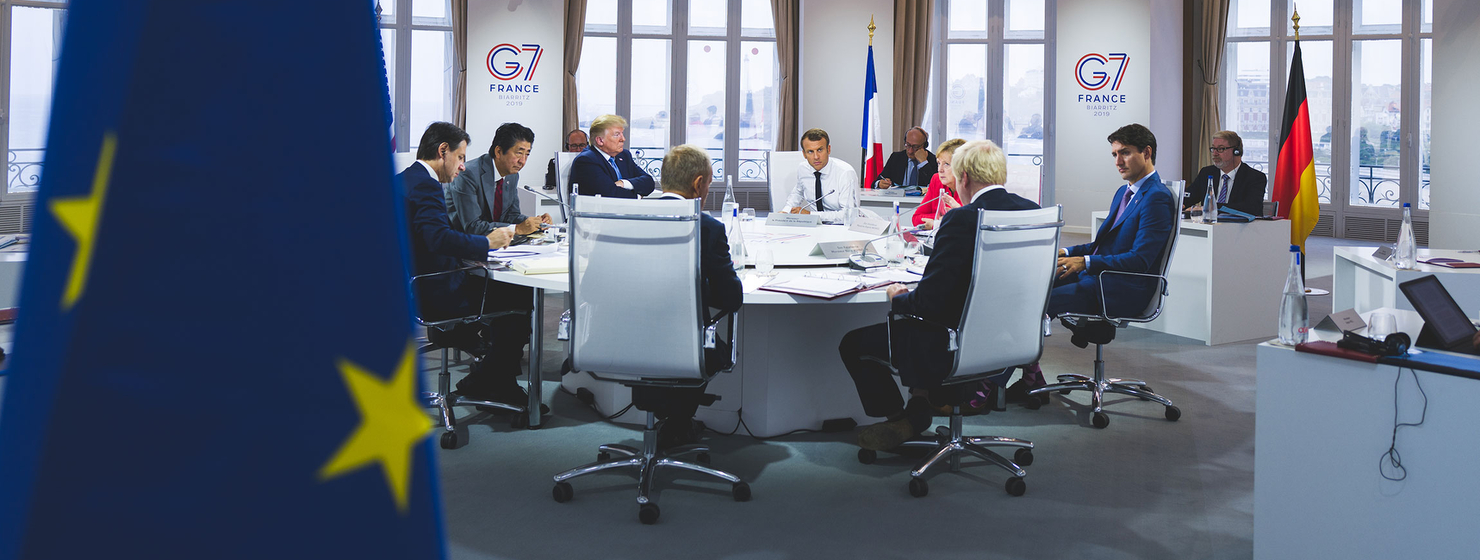G7: joint action
We are not alone. The problems everyone encounters on a daily basis are similar to those affecting citizens on the other side of the world. That means we have to address them together.
That was the simple, founding observation of the G6, back in 1975 when the common problem was the first oil crisis. Since then, the group, now the G7, has met annually to discuss challenges including peace and security, counter-terrorism, development, education, health, the environment and climate change. All these subjects involve various stakeholders and need common answers.
Who are the G7?
G7 stands for the Group of 7. The seven G7 countries are Canada, France, Germany, Italy, Japan, the United Kingdom and the United States. The European Union has been involved in G7 work since 1977. Together, the G7 countries represent 40% of global GDP and 10% of the world’s population.
What sets it apart is its lack of a legal existence, permanent secretariat or official members.
The only rule is that the Presidency is held each year by one of the seven States in turn, which provides the necessary resources for the group’s work and sets out its priorities.
The G7’s strength is its foundation of shared values: democracy, respect for human rights and fundamental freedoms, free markets, and respect for international law. That means the members can discuss all subjects, even when they disagree.
Some of the G7’s key achievements:
If diseases are losing ground, it is (in part) thanks to the action of the Global Fund to Fight AIDS, Tuberculosis and Malaria. If maternal and infant mortality is down, it is (in part) thanks to the Muskoka programme. If we are fighting climate change, it is (in part) through the implementation of the Paris Climate Agreement. If women’s rights are progressing worldwide, it is (in part) thanks to the commitment to girls’ education in Africa.
All that (and more) is the result of decisions made by the G7 in recent years.
This year’s battle is against inequality.
N.B. What is the link between the G7 and the G20?
Their names and functioning are similar. Since the 2008 financial crisis, the G20 has been an annual meeting of 20 Heads of State and Government: Argentina, Australia, Brazil, Canada, China, France, Germany, India, Indonesia, Italy, Japan, Mexico, Russia, Saudi Arabia, South Africa, South Korea, Turkey, the United Kingdom and the United States, as well as the European Union.
The impact of G20 decisions is considerable. Together, they represent 85% of the global GDP, and they account for two thirds of the world’s population.
In 2019, France and Japan (which holds the G20 Presidency) will be working hand-in-hand to achieve their goals.
Previous G7 Summits in France

